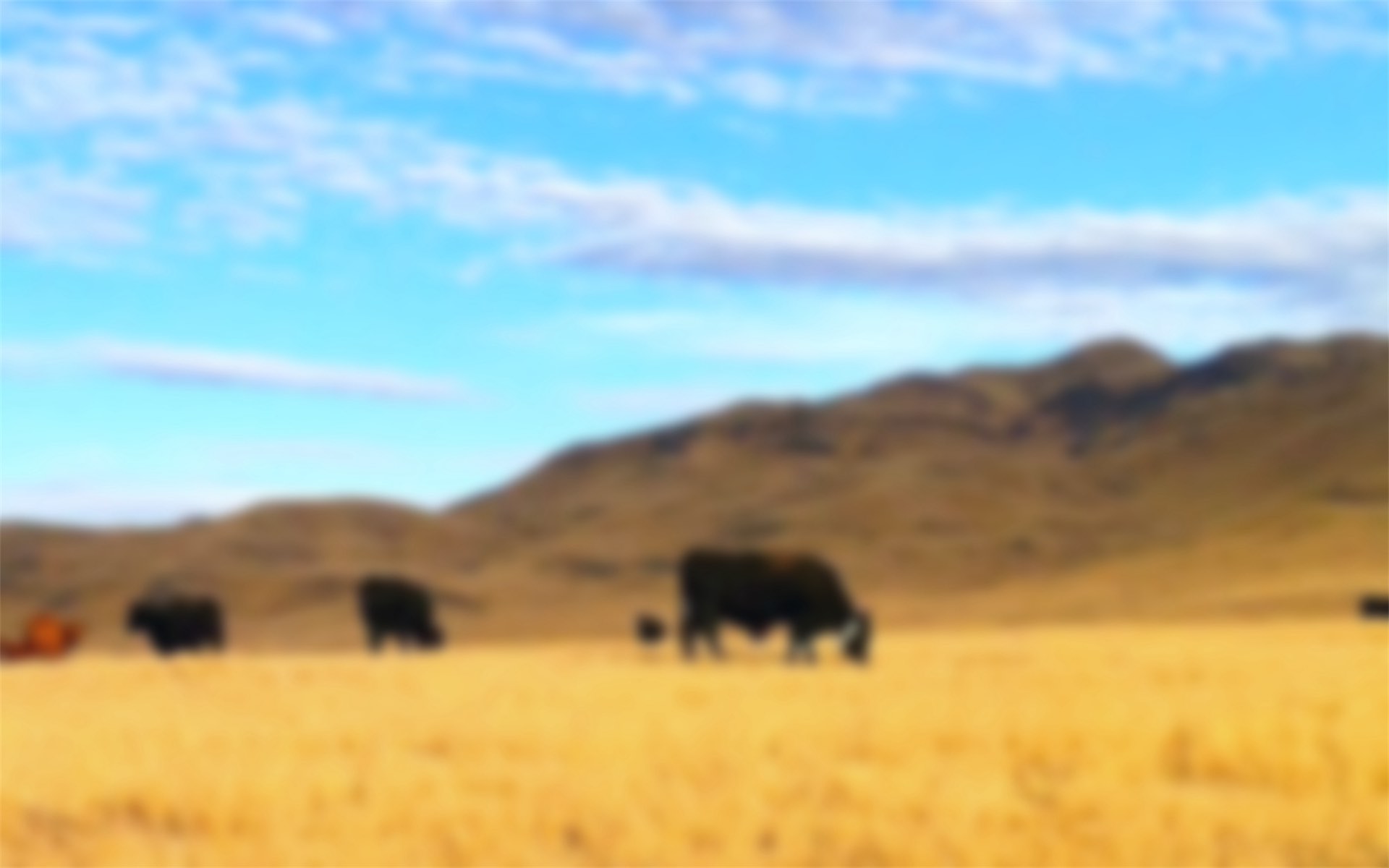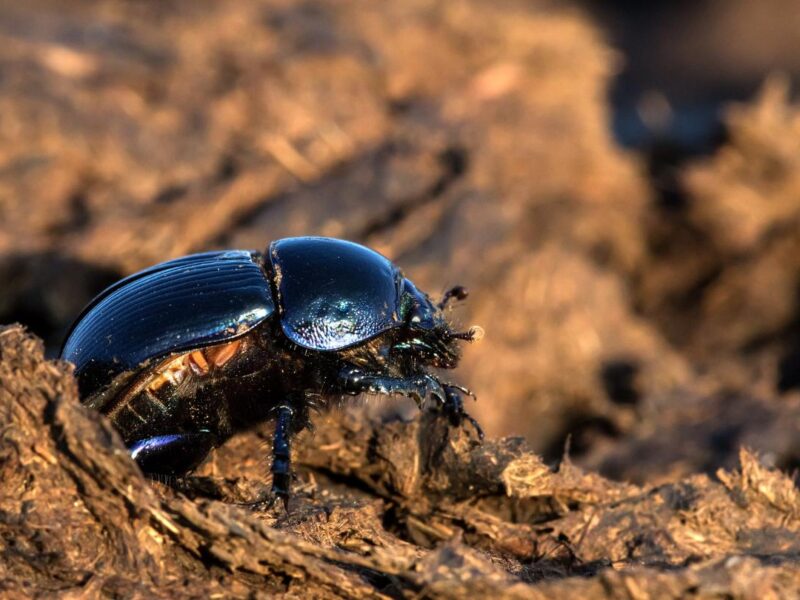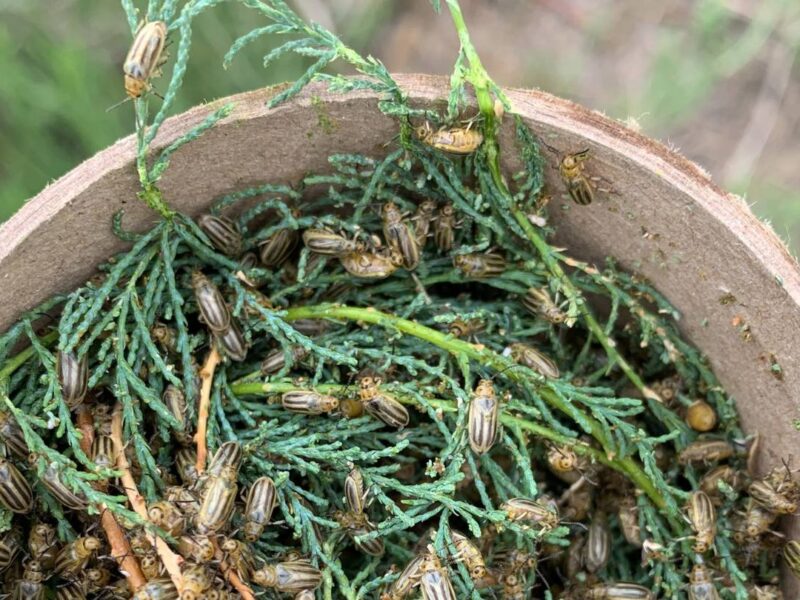
Why we should be grazing that basin in the winter
Cheatgrass, medusahead and other invasive annual grasses are considered one of the greatest ecological threats within the Great Basin and other arid and semiarid regions of the West. In too many places, these grasses create negative feedback loops that shorten fire return intervals, lower plant and wildlife biodiversity, reduce soil health and impair water cycles. A suite of new research has recently begun to offer increased hope to range ecologists and ranchers alike that there is much we can do to maintain resilient ranchland systems in the face of these invasive species.
Much of this research was prompted by questions from ranchers and other land managers who anecdotally described both restoration and maintenance of perennial grass stands through dormant-season grazing. A 2022 article in the journal Rangeland Ecology & Management, for instance, describes ranch-scale research that found that by grazing their cattle in cheatgrass-infested pastures during the dormant season (fall and winter) with strategically placed liquid protein supplement tubs, livestock managers could create fuel breaks by grazing down more than 60% of the cheatgrass. (Stephenson, et al.)
An 2021 article in the same journal reports on a post-fire study that compared the outcomes of dormant season livestock grazing or no livestock grazing over a four-year trial period in Wyoming big sagebrush steppe invaded by nonnative annual grasses. The authors report that “Exotic annual grass cover and density were 1.5× greater in ungrazed compared with fall-winter grazed areas after four years.” Meanwhile, native bluegrass densities were nearly double in the fall-winter grazed areas compared to ungrazed areas. (Davies et al.)
Unfortunately, these findings run contrary to the mostly growing-season (late spring and summer) grazing regime that is permitted on grazing allotments administered by the Bureau of Land Management across much of the invaded regions of the West. So where to now?
In a special issue of Rangelandsfrom June 2022, Nature Conservancy Sagebrush Sea Program Director Matt Cahill writes, “These contradictions are familiar to the land manager, however, values rarely align cleanly to the available options. Managing for resilient rangelands requires active and adaptive efforts often involving difficult choices.”
In the same special issue, a team of researchers from across the country called for more study of real-world management efforts, along with better partnerships between graziers and researchers that facilitate “continuous learning and communication.” (Schroeder et al.) That would be a start.

“Strategic Supplementation to Manage Fine Fuels in a Cheatgrass (Bromus tectorum)−Invaded System,” Rangeland Ecology & Management. Stephenson, et al. onland.link/cheat-graze
“Fall-Winter Grazing After Fire in Annual Grass-Invaded Sagebrush Steppe Reduced Annuals and Increased a Native Bunchgrass,” Rangeland Ecology & Management. Davies, et al. onland.link/fire-graze
“The range has changed: My viewpoint on living in the Sagebrush Sea in the new normal of invasives and wildfire,” Rangelands. Matt Cahill. onland.link/changed-range
“Managing invasive annual grasses, annually: A case for more case studies,” Rangelands. Schroeder, et al. onland.link/invasive-cases




